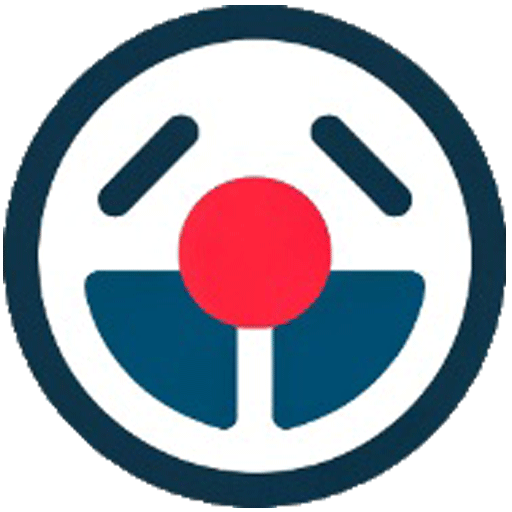
A Structured Approach to Youth Development
South Korea’s youth soccer development system is a well-structured ecosystem that combines educational institutions, private academies, and professional clubs’ youth teams. The journey often begins in elementary school, where talent is identified and nurtured. Schools with specialized soccer programs play a crucial role, offering a blend of academic education and intensive soccer training.

Professional clubs in the K League run youth academies that provide a pathway for the most talented players, ensuring a high level of coaching and exposure to competitive matches. These academies focus on honing technical skills, understanding of game tactics, and physical conditioning, laying a solid foundation for professional careers.
Emphasizing Technical Mastery
The cornerstone of South Korea’s youth soccer philosophy is the emphasis on technical skills. From ball control, dribbling, passing, to shooting, young players undergo rigorous training regimes to master these skills. Coaches prioritize technique over physicality, believing that a strong technical base is crucial for success in the international arena.
Training sessions are meticulously planned, incorporating drills that simulate match conditions, fostering quick thinking and decision-making skills. This focus on technical proficiency from a young age sets South Korean players apart, making them adaptable to various playing styles and tactics.
Overcoming Challenges
Despite the system’s strengths, it faces challenges such as the high pressure to succeed, limited opportunities at the top tier, and the need for more diverse coaching philosophies. The intense competition can be daunting, with only a few making it to professional levels. There is also a call for incorporating more creative and attacking play into the training curriculum to produce more versatile players.
The Role of International Exposure
Recognizing these challenges, South Korea has increasingly sought international exposure for its young talents. Participation in youth tournaments abroad, exchange programs with renowned soccer academies worldwide, and inviting foreign coaches to share their expertise are part of this strategy. Such experiences are invaluable, exposing players to different styles and elevating their understanding of the game.
The Future of South Korean Soccer
The future looks promising for South Korean soccer, with a steady stream of talent making inroads into professional leagues around the world. The emphasis on technical skills, combined with increased international exposure, is beginning to bear fruit. Players like Son Heung-min, who has become a global star at Tottenham Hotspur, serve as inspiration for young aspirants.
The continued investment in youth development, coupled with an evolving approach to training and tactics, suggests that South Korea is on the path to becoming a formidable force in world soccer. Building future champions starts with a strong foundation, and South Korea’s youth soccer system is committed to providing just that.
Conclusion : South Korea’s Youth Soccer System
South Korea’s emphasis on technical skills in its youth soccer system is a model of how meticulous training and strategic development can prepare players for the highest levels of competition. By addressing current challenges and leveraging international experiences, South Korea is poised to make even greater strides on the global soccer stage. The journey of nurturing future champions is complex and demanding, but the rewards—a generation of skilled, adaptable, and competitive players—are well worth the effort.
Advanced Reconnaissance: KAI KUH-1 Surion Utility Helicopter
Hi, I’m [jeybee]. As a long-time resident of Seoul, I’m passionate about uncovering the authentic, everyday magic of Korea. This blog is my way of sharing my favorite spots, tips, and cultural insights with you, beyond the usual tourist traps.

